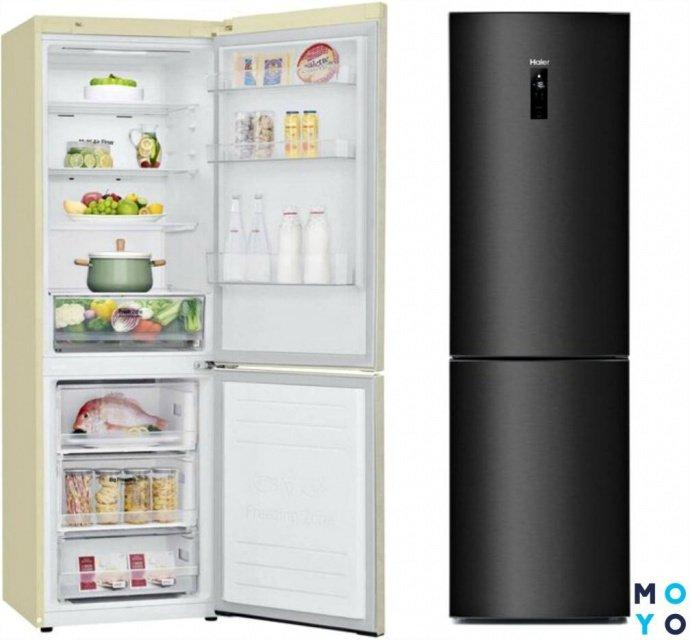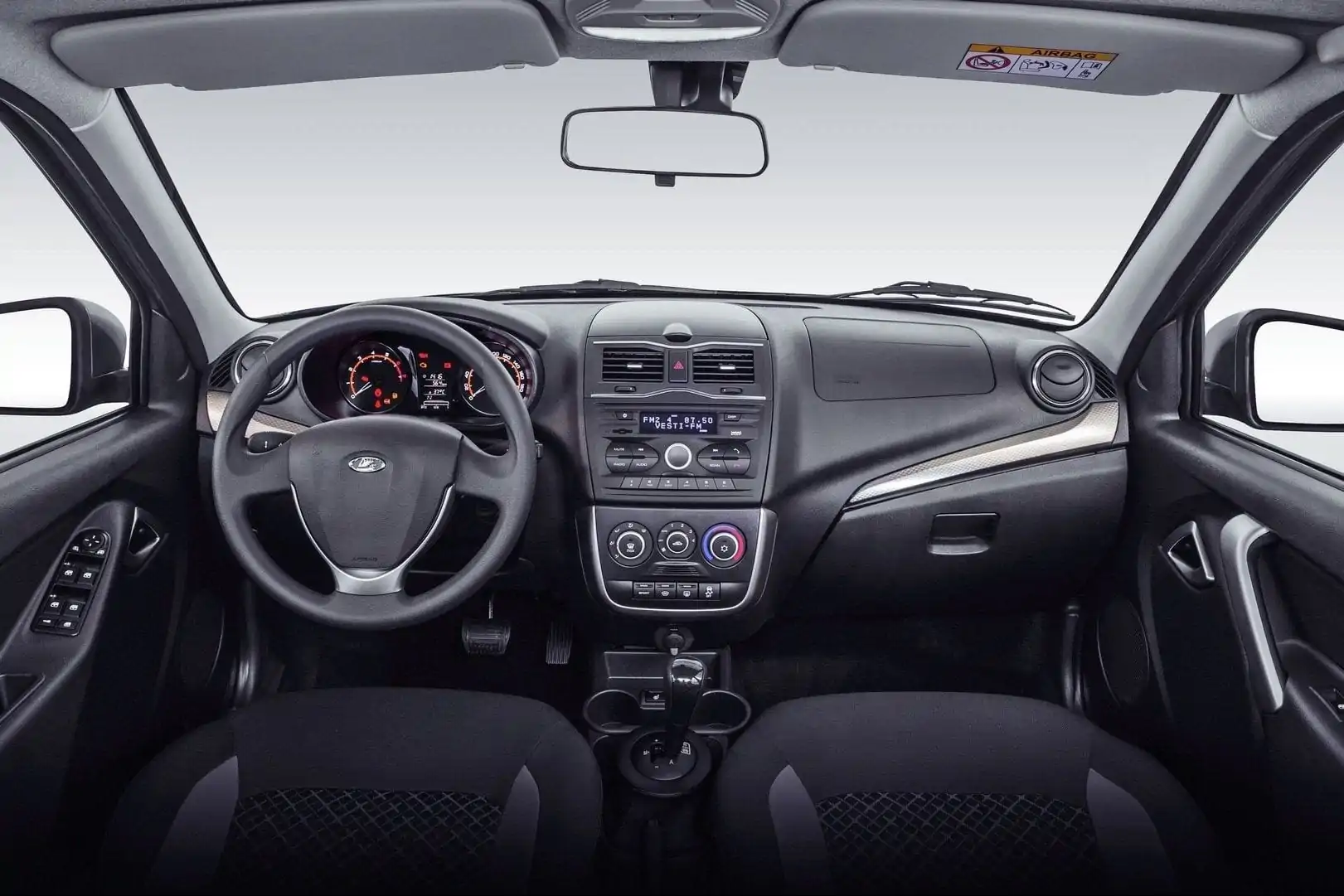
When Malicious Refrigerators Arrive
Up to a million people could become victims of a nationwide hacker attack on the network of one of the largest domestic operators in February 2014. Attackers took advantage of vulnerabilities in popular Wi-Fi routers. This very recent event has made many realize how close we are to all the threats that we hear and read about in the context of a cyber war taking place somewhere in the world.
As it turned out, in the world - yes, but not "somewhere", but both there and there. During this attack, many Internet users had problems accessing the network. This happened because the operator itself blocked several DNS addresses. Customers were angry because they did not know that the IT department saved them from possible data loss in this way, and who knows, if not financial resources as well.
It is estimated that about a million modems were at risk. The attack was an attempt to take control of the modem and replace its default DNS servers with servers controlled by hackers. This means that network clients that connected to the Internet through these DNS were directly attacked. What is the danger? As the authoritative website Niebezpiecznik.pl wrote, as a result of a similar attack, one of the Internet users in Poland lost 16 thousand. PLN after "unidentified perpetrators" spoofed the DNS addresses on his modem and provided him with a fake website for his banking service. The unfortunate man unknowingly transferred money to an external account opened by scammers. It was phishing, one of the most common today computer fraud. Main types of viruses:
- File viruses – modify the work of executable files (com, exe, sys…). They integrate with the file, leaving most of its code intact, and the program execution is reversed so that the virus code is executed first, then the program is launched, which usually no longer works due to application damage. These viruses are the most common because they spread very quickly and are easy to encode.
- disk virus - replaces the contents of the main boot sector, is transferred by physically replacing each storage medium. The system drive can only be infected when the user boots from the infected media.
- Related viruses – viruses of this type look for and infect *.exe files, then place the file of the same name with the *.com extension and insert their executable code into it, while the operating system first executes the *.com file.
- hybrid virus - is a collection of different types of viruses that combine their modes of action. These viruses spread quickly and are not easy to detect.
To be continued subject number You will find in the April issue of the magazine

